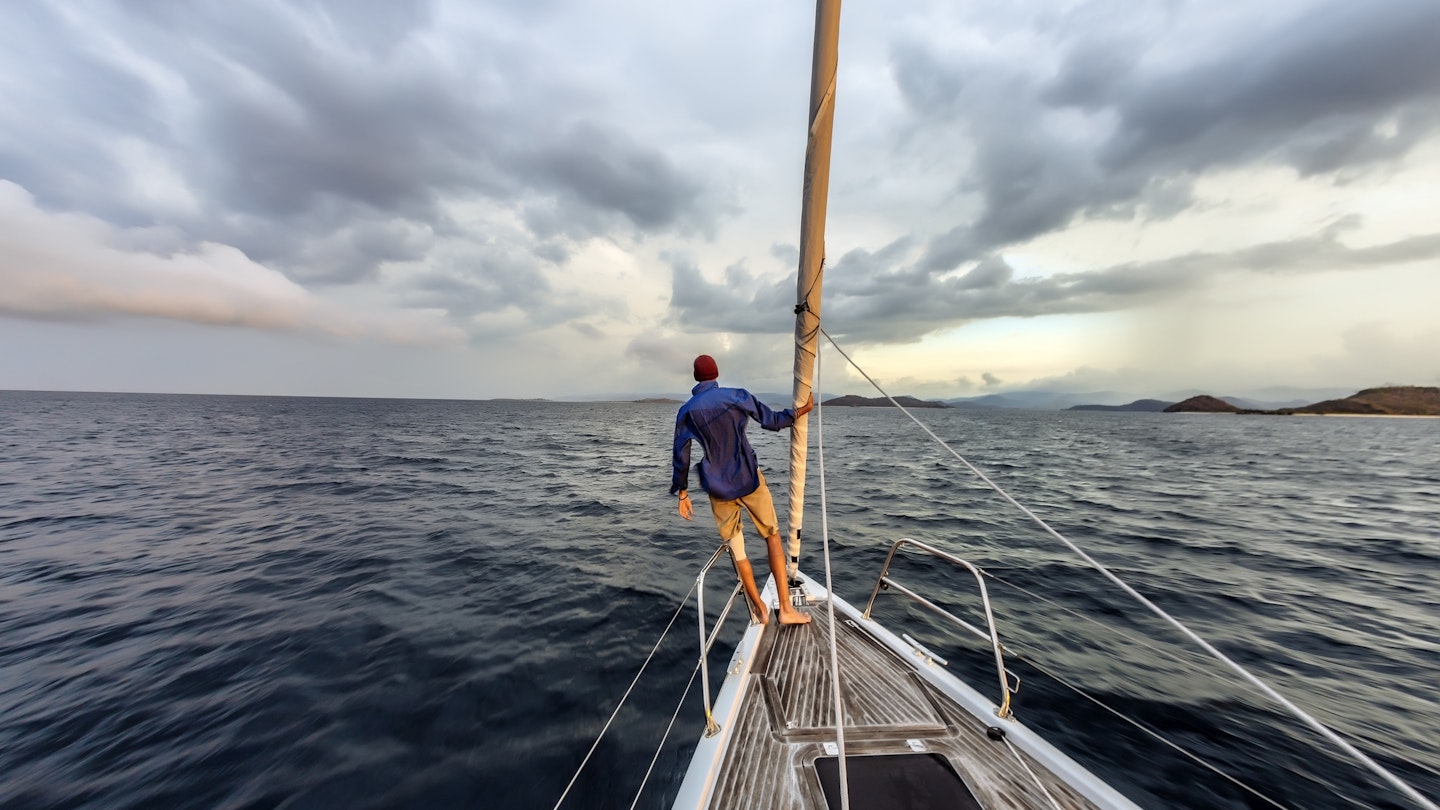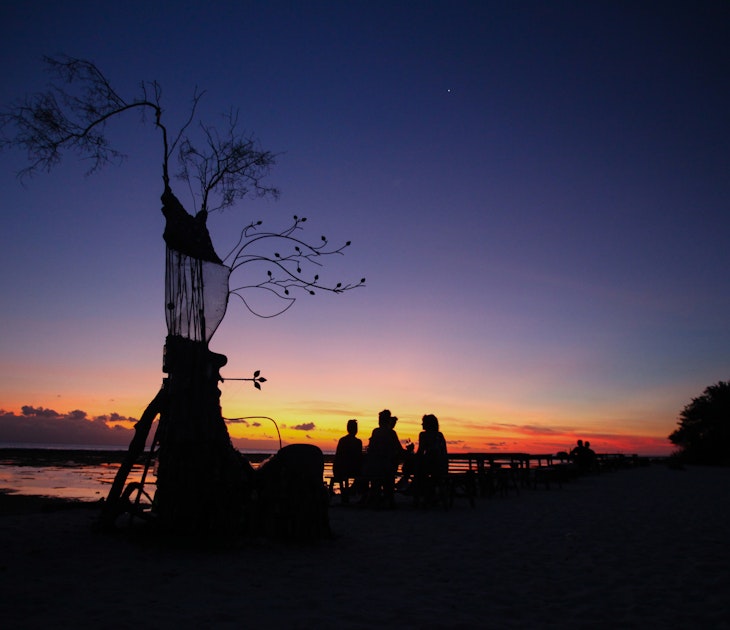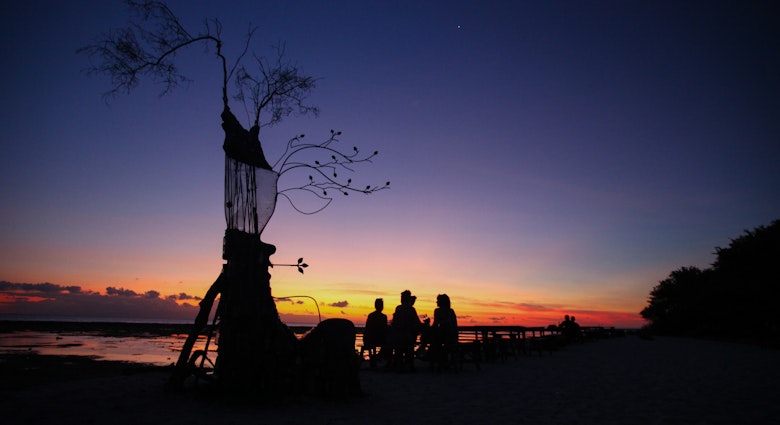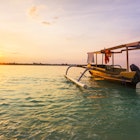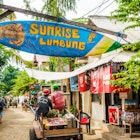With tens of thousands of islands scattered some 5000km (3100mi) from east to west, Indonesia looks like anything but a single country. Vast seas, impenetrable jungles, rugged mountains and rough roads require extra patience for those who want to explore this fascinating archipelago.
But the good news is, traveling has been easier in recent years. Airplanes have replaced boats and highways have reached remote areas. But you can always choose some other slower – yet evocative – traditional ways to get around. Here is what you need to know to navigate Indonesia with ease.
Fly to reach the far-flung islands
As low-cost carriers usher in flying, almost everyone now flies between and within islands. Budget-conscious travelers usually fly Citilink, Lion Air, and Sriwijaya Air, but typically those who value punctuality and reliability opt for the national airline Garuda Indonesia. Airfare prices vary greatly, depending on the distance, frequency, and airline standards. From Jakarta, it can be as low as US$35 to Bali, but a whopping US$350 to Papua one-way.
The government has recently pushed the construction of new airports in hard-to-reach tourist destinations such as Labuan Bajo (gateway to the Komodo Islands), Silangit (to Lake Toba), and Toraja. Days of grueling journeys are over; you can now reach your dream destinations in hours from Jakarta. Most flights to Maluku or Papua transit in Makassar, the aviation hub for eastern Indonesia.

Take a boat for a genuine island experience
The primary sea transport operator – government-owned Pelni – connects hundreds of coastal cities all over Indonesia. It would be wise to book early to reserve seats. Tickets from Jakarta to Papua are as low as US$70, but it is an arduous seven-day journey. You have been warned.
If you fancy shorter, more reliable boat trips, your best bets are the ferry crossings between islands. The classic island-hopping route is to travel overland through Java, then cross to Bali, Lombok, and all the way eastward to the Komodo Islands.
Riverboats used to be the main transport in heavily-forested Kalimantan, but they were quickly replaced by cars with the emergence of new roads. Nevertheless, you can still take a four to six-day boat tour package along the Mahakam River to visit traditional Dayak villages deep in the jungle.
Trains are a pleasant way to enjoy the rural scenery
Trains may be the most comfortable and reliable way to travel overland across Java, where most of Indonesia’s railways are located. The actual irresistible highlight is the unrivaled scenery of mystical Javanese volcanos and lush rice paddies visible from your train window.
Train tickets can be booked even a month in advance through the KAI website. The Executive Class has reclining seats and freezing air-conditioning that makes you forget that you are in a tropical country (remember to bring jackets). The Economy Class seats are non-reclining and can be very crowded.
You can also explore some parts of Sumatra, including Aceh and North Sumatra, by rail. The Trans-Sulawesi railway project has kicked off around Makassar as well.

Rent a vehicle to explore off-the-beaten-track destinations
The public transport network in Indonesia is considerably limited, even in the most developed Java and Bali. Having your own vehicle will give you more freedom to explore remote areas.
Renting a car is sweat-free: all you need is a passport and an international driving license, and remember that Indonesians drive on the left. Car rental starts from US$40 a day. Be prepared for varying road conditions, from potholes to heavy traffic jams. It can be much better to hire a local driver.
In Bali and Lombok, renting a moped may be the easiest way to explore the islands. Don’t forget to wear a helmet, even if you just sit on the back of a motorcycle.
Buses are affordable and convenient
Buses are still the main land transport in Indonesia as they’re cheap and readily available at almost any time. Advance booking is generally unnecessary, except during the Eid holidays when millions of Indonesians flock to their hometowns.
Among the numerous bus operators across Indonesia, the government-owned DAMRI promises a vast network and reliable service. You can book tickets from their website or through its apps.
The economy buses are the cheapest, but they're slow; expect frequent stops as passengers get picked up along the way. Some touristic areas like Yogyakarta and Toraja have executive bus services with comfortable reclining seats similar to that of business class flights.

Beat Jakarta’s traffic jams by using public transport
Jakarta is notorious as one of the world’s most congested cities, but its extensive (albeit not fully integrated) mass transport system helps to reduce the pain of getting around.
The Transjakarta buses run in dedicated tracks, avoiding frustrating traffic jams. With so many corridors, routes can be confusing, but you can use Trafi apps to help you navigate. Most tourists stick to Corridor 1, as it traverses Jakarta’s main attractions such as Kota Tua, Monumen Nasional, Museum Nasional, and Roundabout Hotel Indonesia.
The newly built MRT Jakarta is the most modern mode of transport in Jakarta today, but its short track distance is yet the concern of most foreign visitors. The same goes for LRT Jakarta.
Be mindful that public transport in Jakarta runs on a cashless payment system. You can get a transport card at the MRT stations or some Transjakarta bus stops. Top-up can be done at MRT stations or any Alfamart convenience stores all over Jakarta.
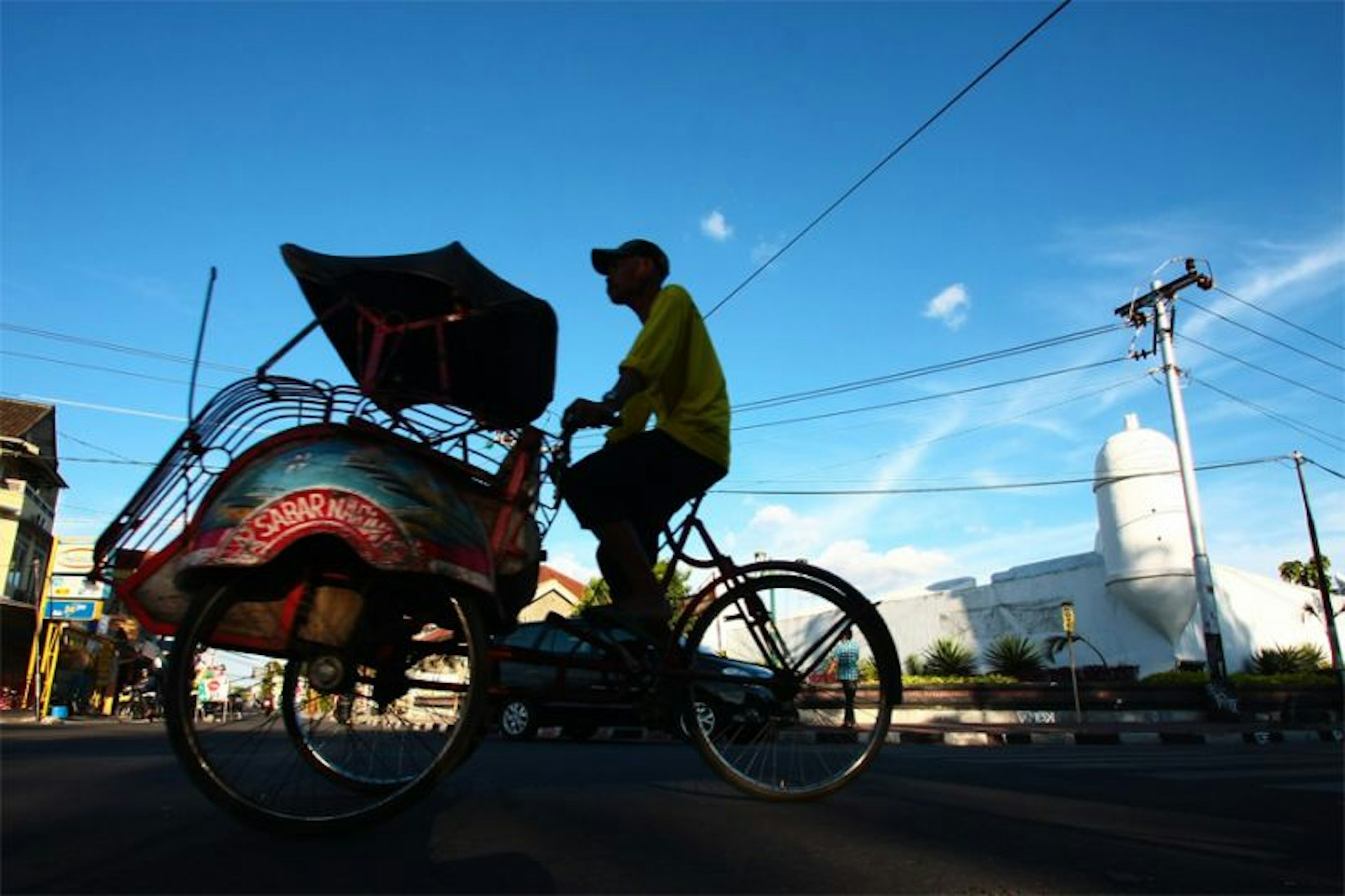
For a touch of nostalgia, hail a becak
The traditional manual tricycle rickshaw, becak, used to rule Indonesian streets, but as it has been banned on the main roads of many cities, it’s now almost just a memory. But becaks have not entirely disappeared. You can still find them in some tourist destinations in Jakarta and Yogyakarta for visitors who want to experience a bit of Indonesia’s past.
Becak also has evolved into motorized tricycles – the bajaj in Jakarta or the bentor (becak-motor) in Sumatra and Sulawesi. It still provides locals with affordable and practical short-distance transport. If you want to learn the history of becak, the best place to start is the Indonesian Becak Museum in Bali.
Ridesharing apps make life easier
As Indonesians have embraced digital technology, ridesharing apps have become an everyday lifestyle in urban areas. The biggest, Indonesian-owned Gojek was initially created to make ordering motorbike-taxi (ojek) convenient. It then grew into a super-app, where you can order anything from taxis, cars, food deliveries to groceries.
The app is bilingual; there’s an automatic chat translation feature to help you communicate with non-English speaking drivers. Gojek is in more than 160 cities across Indonesia, even in remote Papua. No matter where you are, getting around is as easy as tapping your fingers on a smartphone screen.
Accessible travel in Indonesia
Indonesia can be quite challenging for people with disabilities. The potholed and uneven sidewalks are quite a hassle, and street vendors often block the special lanes for blind pedestrians. However, Jakarta's main streets of Thamrin and Sudirman and most modern malls are designed with accessibility in mind.
Transjakarta bus is not recommended for those with mobility issues since most bus stops involve climbing an overpass via stairs, and you literally have to jump into the bus. However, MRT stations, including the Railink airport trains in Jakarta and Medan, are accessible in a wheelchair.
Despite being the most popular international tourist destination, Bali is not yet wheelchair friendly. You can check specialist tourist operators, such as Bali Access Travel, and don’t forget to visit Lonely Planet’s Accessible Travel page to download the complete guide for accessible travel.

Why I love getting around Indonesia by boat
Many people end their travels in Indonesia without even taking a single boat trip. Such a shame as water dominates almost 80% of Indonesia’s total area, after all. Boat trips may be slow, but they open an opportunity to dive into the spirit of Indonesia as an archipelagic nation.
A sailing trip from Labuan Bajo to Komodo on a traditional pinisi sailboat would be magical, combined with some short snorkeling stops as you wallow in the company of an impressive squadron of manta rays. I believe no Indonesian trip is truly complete without experiencing the embrace of its vast ocean.

